Extension ideas for small houses — 11 clever ways to increase space in a compact home
These extension ideas can have a big impact on a small home, and make it more suitable for modern life
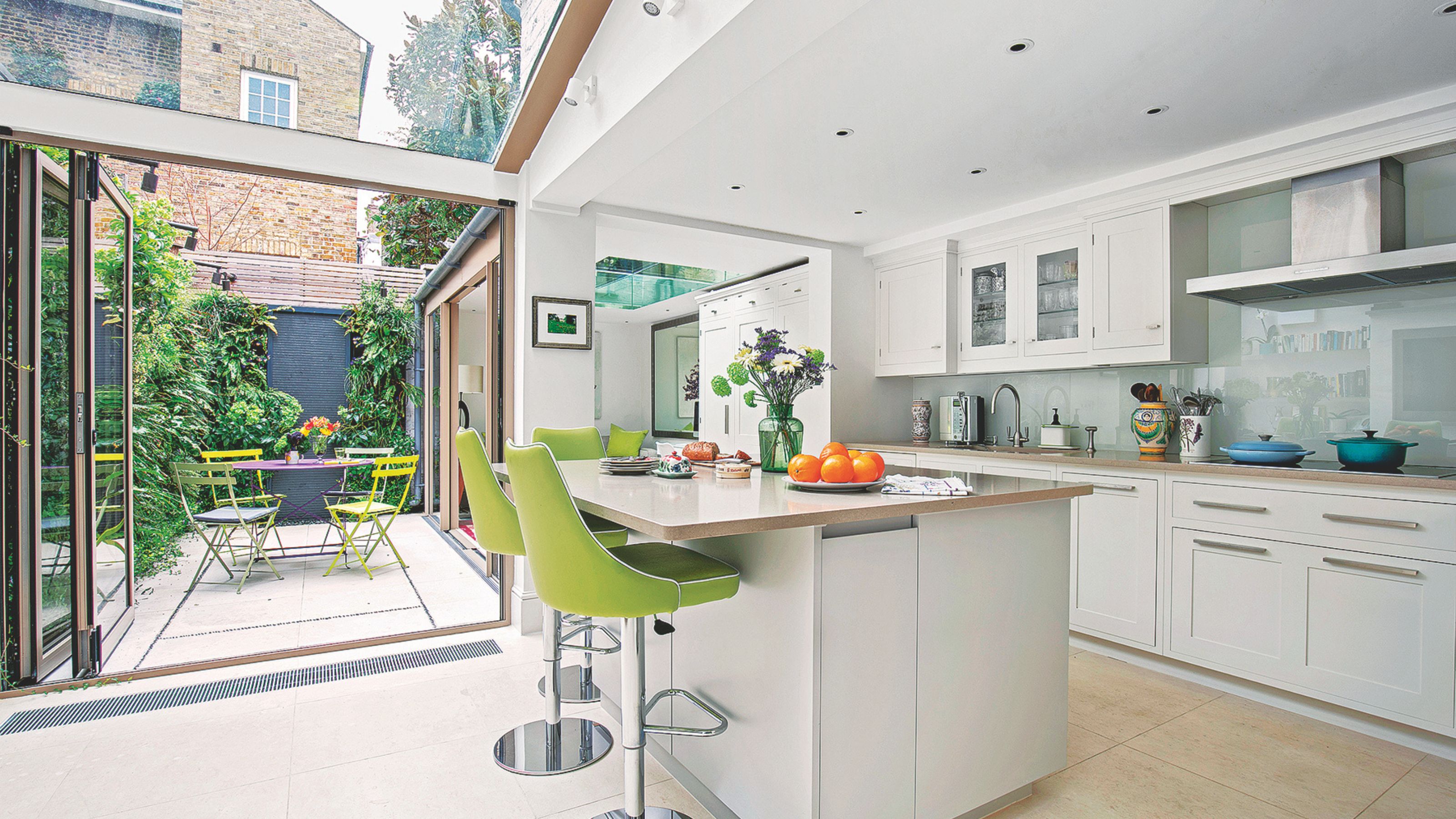
- 1. Add a porch
- 2. Extend a small kitchen
- 3. Convert existing space
- 4. Make use of a side return
- 5. Build a glass extension
- 6. Maximise natural light
- 7. Bring in light from above
- 8. Remodel existing rooms
- 9. Improve the connection to the garden
- 10. Go for a two-storey extension
- 11. Extend downwards
- FAQs

If you are suffering from a serious lack of space, but don't want to move, then these extension ideas for small houses could provide the solution.
Building an extension might be on your bucket list, but if you are looking to extend a small home, there are a few considerations you'll need to factor in. Many small houses tend to be on smaller plots, or connected to other properties, which can limit how much extra space you can add. In older houses too, a lack of natural light can also be an issue, and can be made worse when moving external walls outwards with an extension.
If you're looking for extension ideas to suit your budget, and want practical options for your small house, then this list is for you.
1. Add a porch to a small house
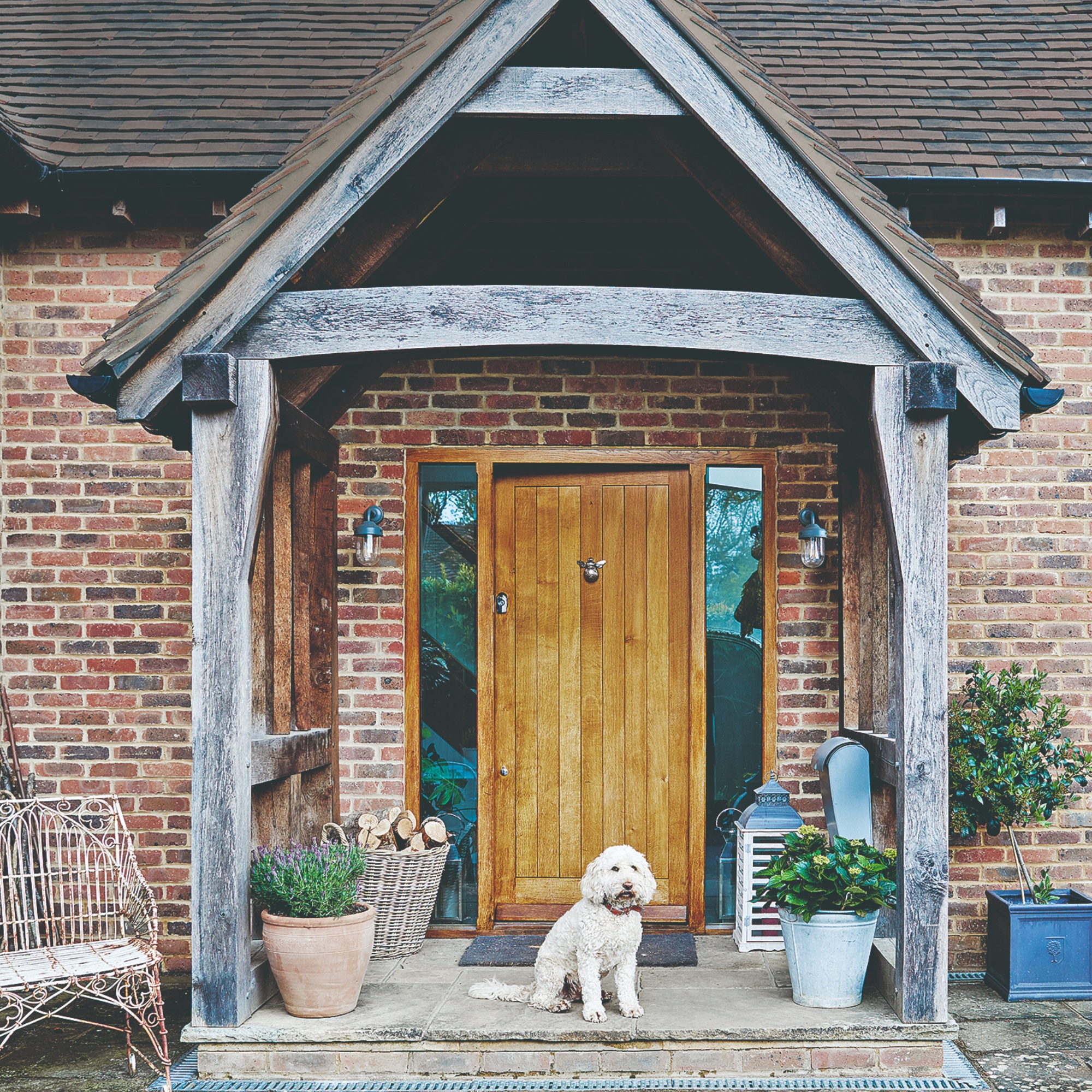
If the front door to your small house opens straight into your living room, then it's likely you've found your lounge becoming a bit of a dumping ground for bags, shoes and outerwear. Clutter which can make an already small room feel much smaller.
But adding a porch to the front of your house can give you a dedicated space for these items, and keep your living room clutter free. And the good news is, porches tend to be included in the scope of permitted development, which means you won't need to apply for planning permission. But make sure you check with your local planning authority first, as in some cases your permitted development rights may be restricted or removed altogether.
2. Extend a small kitchen
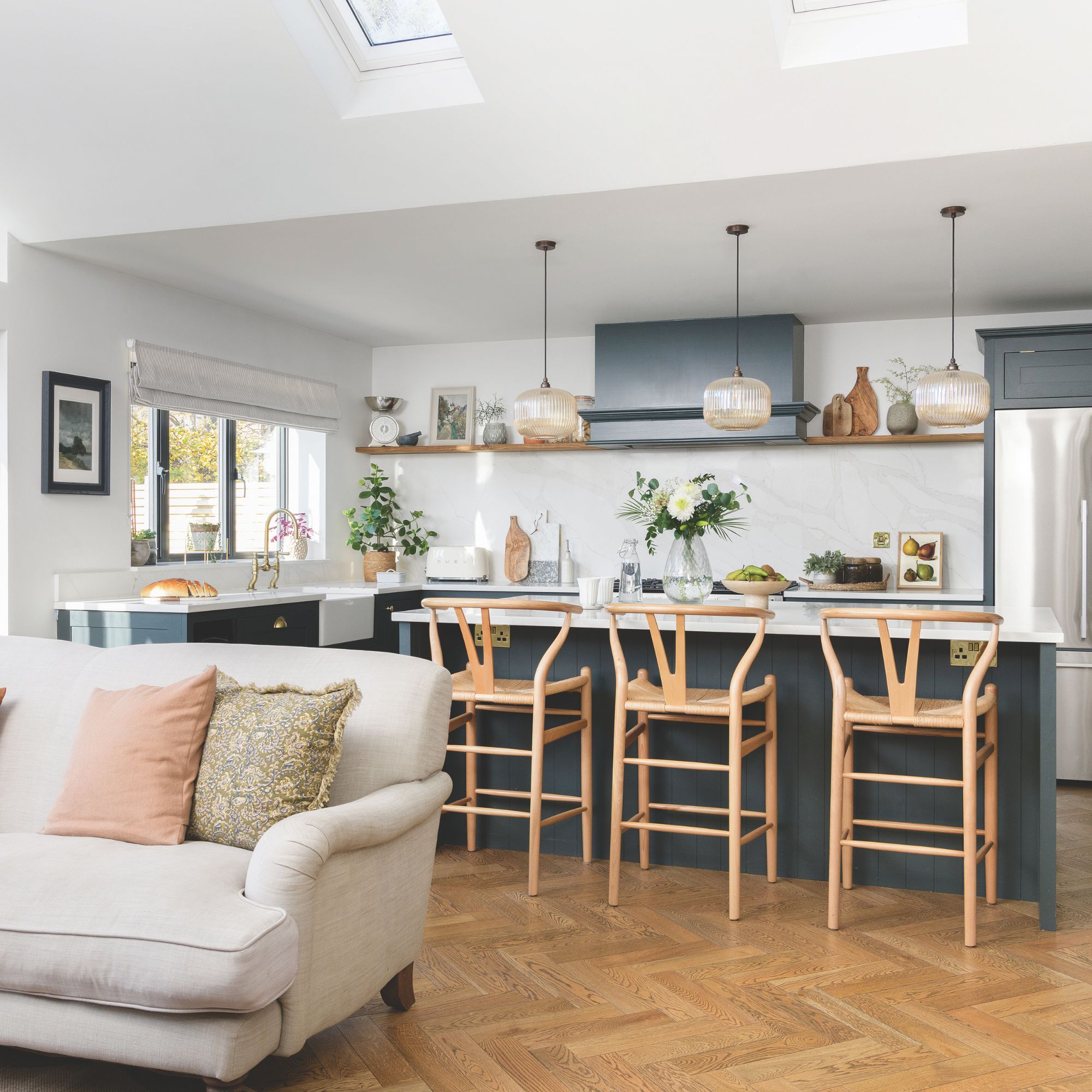
For many people who live in small homes, an equally small kitchen is usually a problematic feature, preventing the family from being able to effectively use this space.
This is where a well-planned kitchen extension can be transformative. Adding a rear single-storey extension will eat up some garden space, but even a small addition can offer precious extra square footage that can make your small kitchen must more family friendly.
Get the Ideal Home Newsletter
Sign up to our newsletter for style and decor inspiration, house makeovers, project advice and more.
3. Convert existing space
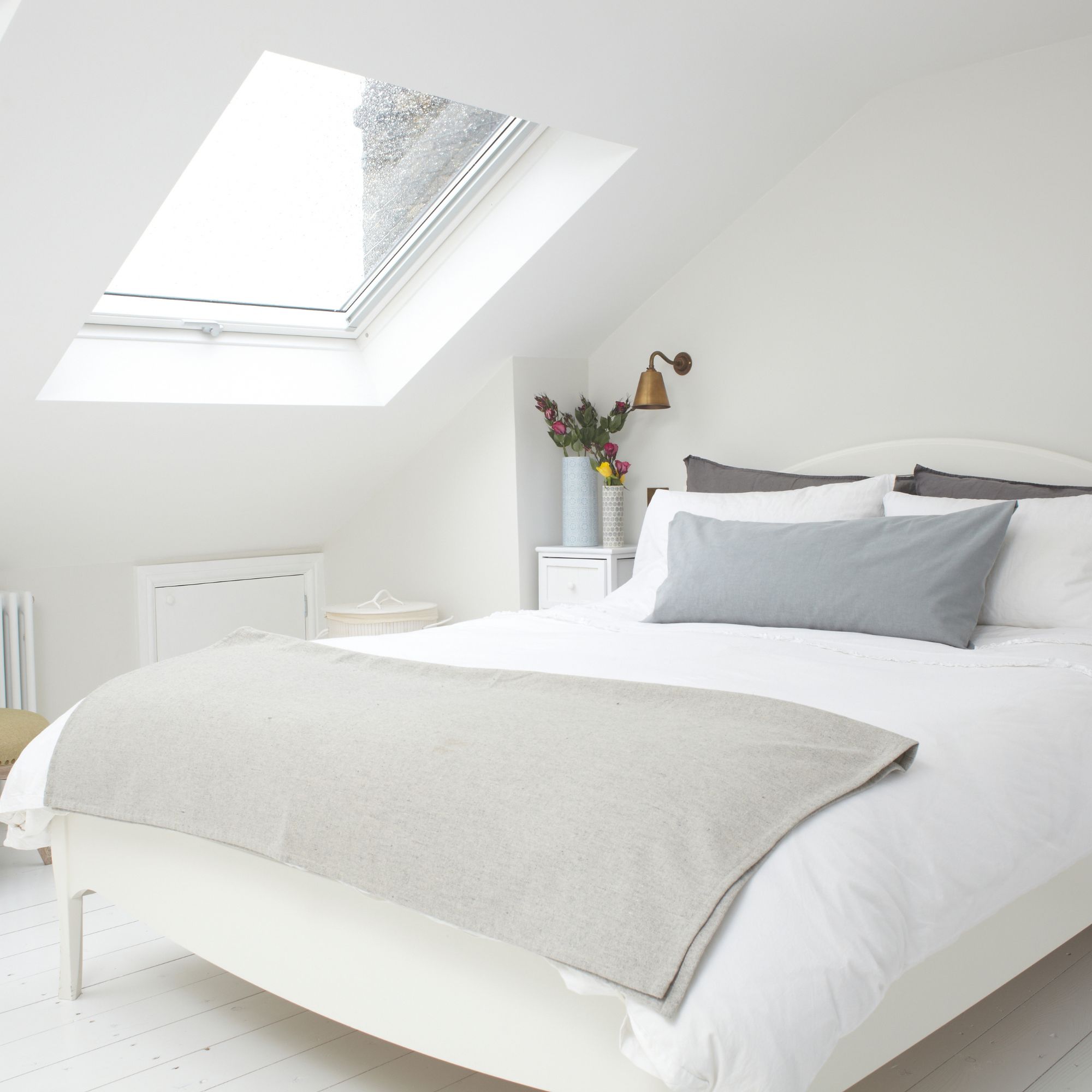
You may already have the additional space you need in your home to make your kitchen bigger to add an extra bedroom to accommodate a growing family. Lofts and attached garages are often used as storage, but can quickly become dumping grounds for stuff you never use.
But in many cases, these areas are also ripe for conversion, which is a cost-effective way to get more space. Converting your garage can give you valuable additional square footage on the ground floor, without extending your home's overall footprint.
Planning a loft conversion may be a little trickier, but providing you have adequate headroom and strong enough foundations, the loft is a great solution for a master suite, which will free up a bedroom on the first floor if you need it. Opt for a space-saving loft staircase to minimise the impact on existing rooms.
4. Make use of a side return
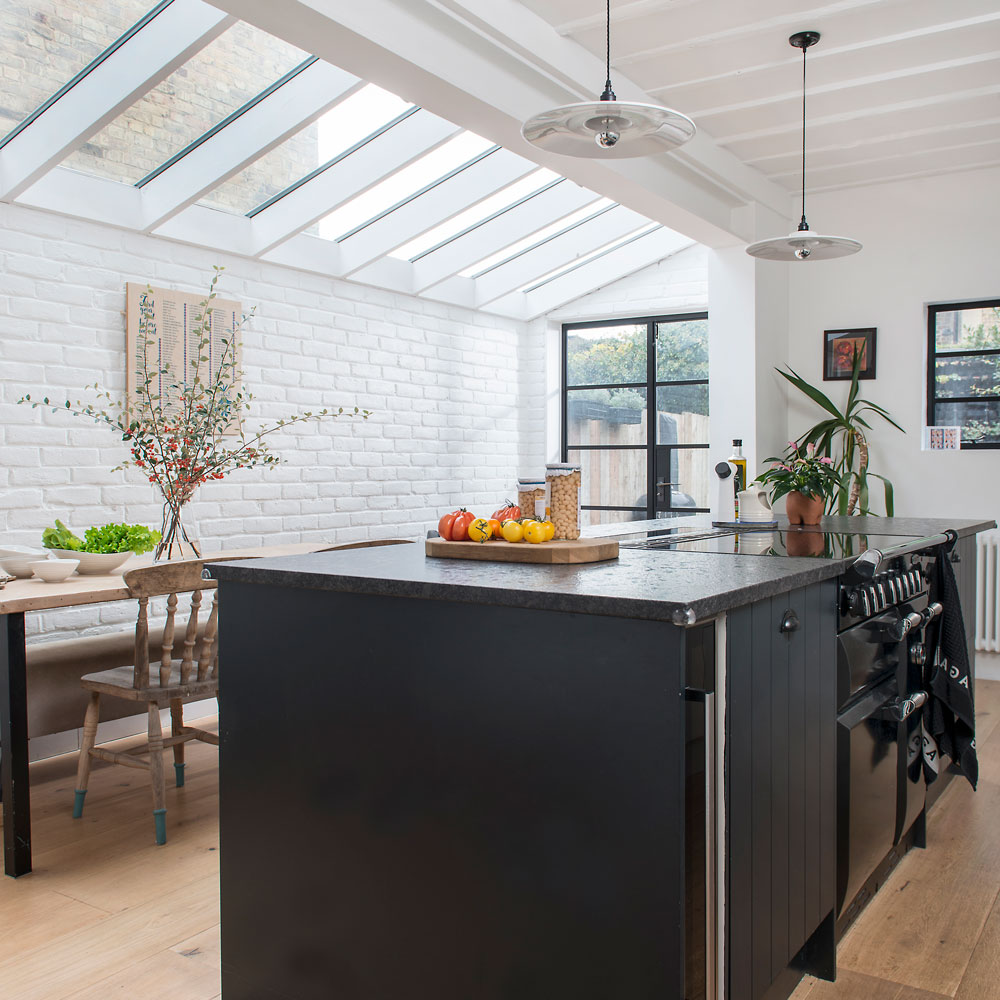
If your home has a redundant strip of land or alleyway to the side, that isn't needed for access then a side return extension could give you much-needed extra space, without sacrificing your garden.
Side returns aren't huge, but they can be really effective for adding a bit more width to a narrow galley kitchen, and when combined with some interior remodelling of the existing property, can make a small home feel much more spacious and better suited to modern life.
5. Build a glass extension
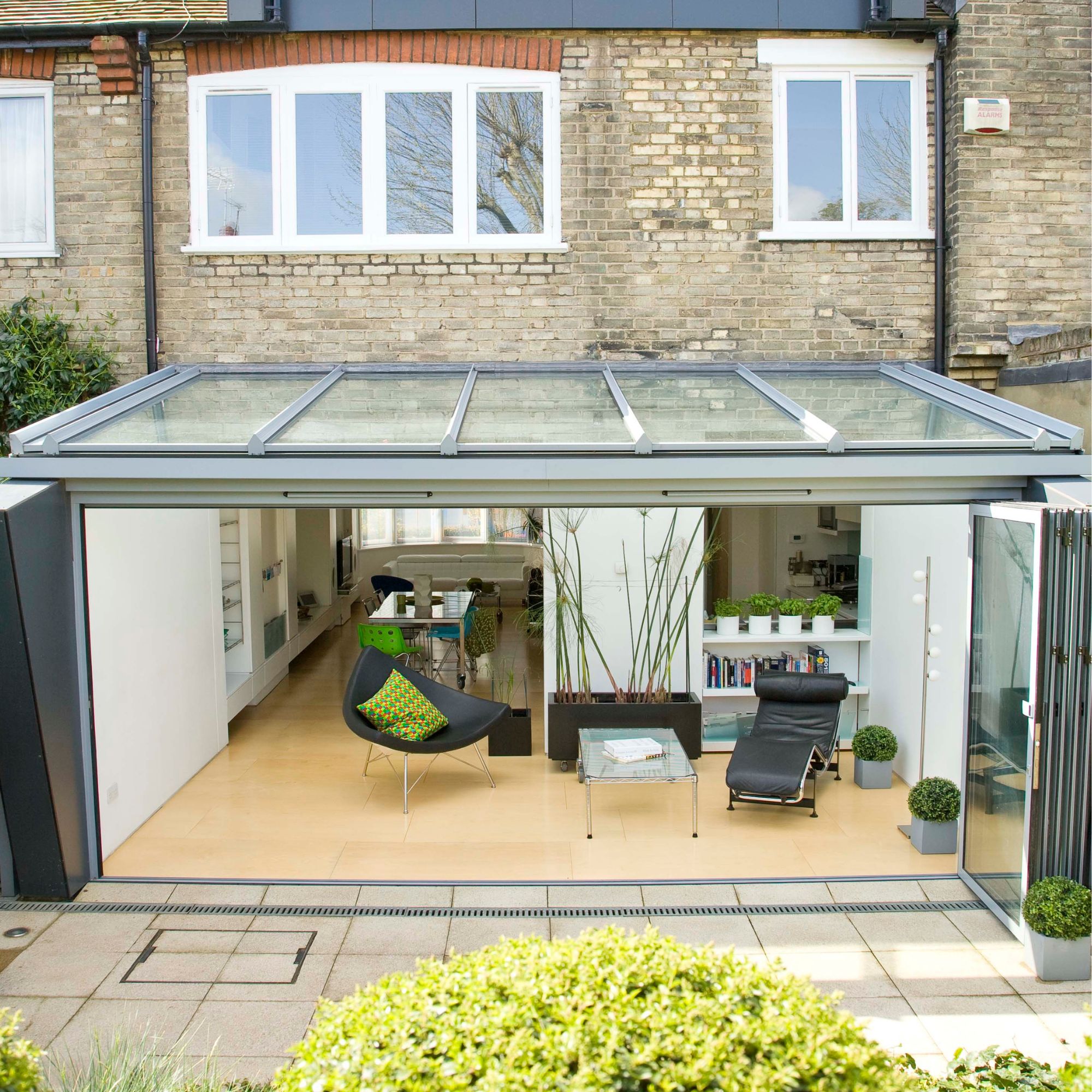
Embracing glass extension ideas can be particularly effective in a small home. Not only does using glass means the space is flooded with natural light, but it also blurs the boundaries of the external walls which can make a smaller extension feel bigger.
Plus, glass extensions can add real wow-factor, and there's no rules that say a small home can't have a jaw-dropping addition.
6. Maximise natural light in a small house extension
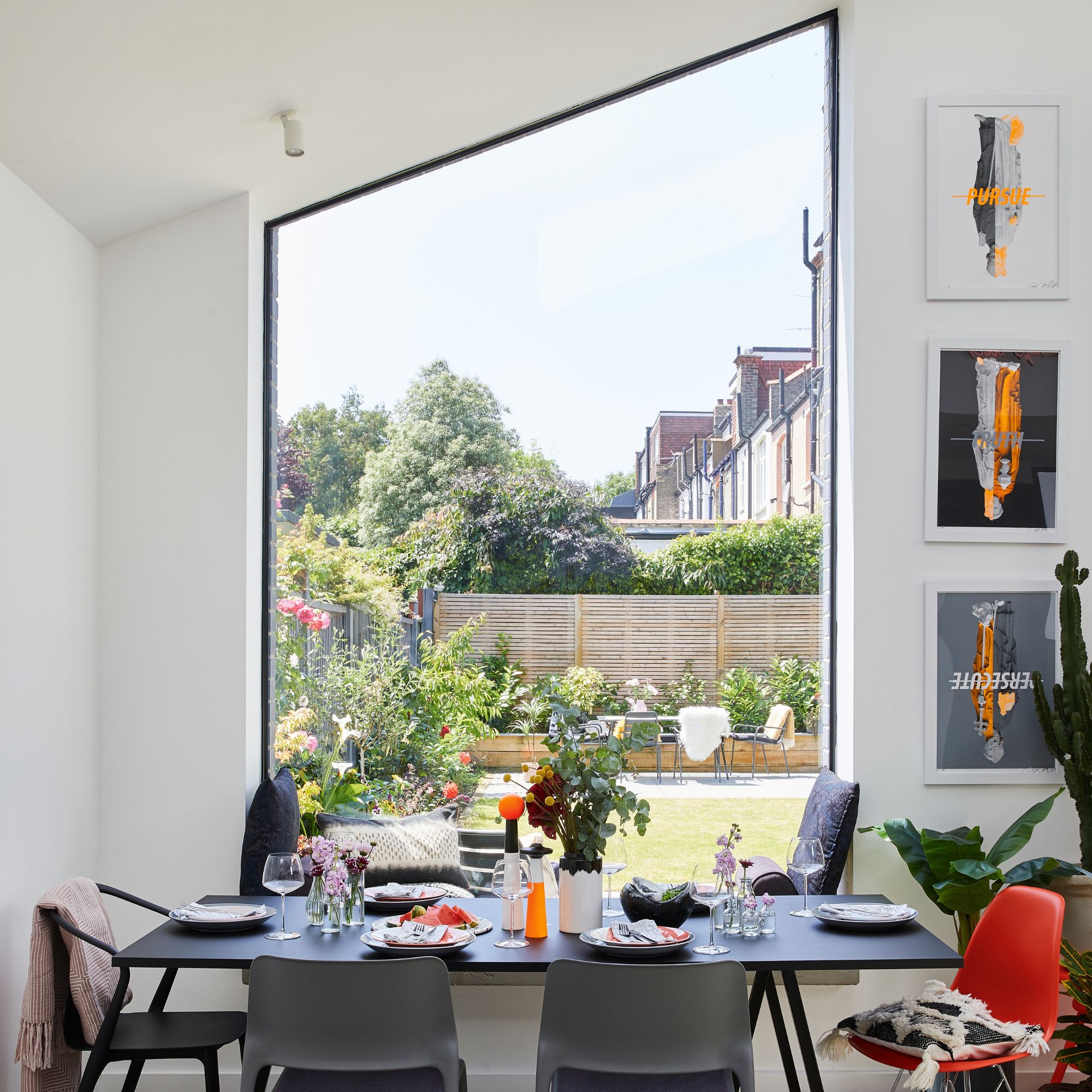
If you don't want to go for a full glass extension, then there are plenty of other solutions to make sure your new space is filled with natural light.
James Hurst, Associate Director of Architecture, HollandGreen explains: 'Consider incorporating large sliding or bifold doors that open onto a patio or garden, allowing a continuous, uninterrupted line between the two spaces. Opt for floor-to-ceiling glazing to flood the interior with natural light, enhancing the sense of openness.
'One of our top recommendations is to specify glazing with minimal framing. Window frames with slender profiles give the glazing a lighter, more refined appearance, reducing the visual barrier between your home and garden. This not only makes the room feel larger but also creates a modern, elegant aesthetic. Choosing materials with a similar finish for both indoor and outdoor flooring will further enhance this seamless transition.
'By employing these strategies, even a modest extension can have a transformative impact on the functionality and feel of your home.'
7. Bring in light from above

Does your small home feel dark and dingy? A badly designed extension could make the problem worse, by moving any windows or doors further away from the centre of the floorplan.
However, a well-executed extension, with roof windows or even a glazed roof, can ensure the space below benefits from maximum daylight hours. Combine this with the removal of unnecessary internal walls and this natural light can reach into the existing parts of your home, making the whole thing feel bigger and brighter.
8. Combine a small house extension with an internal remodel
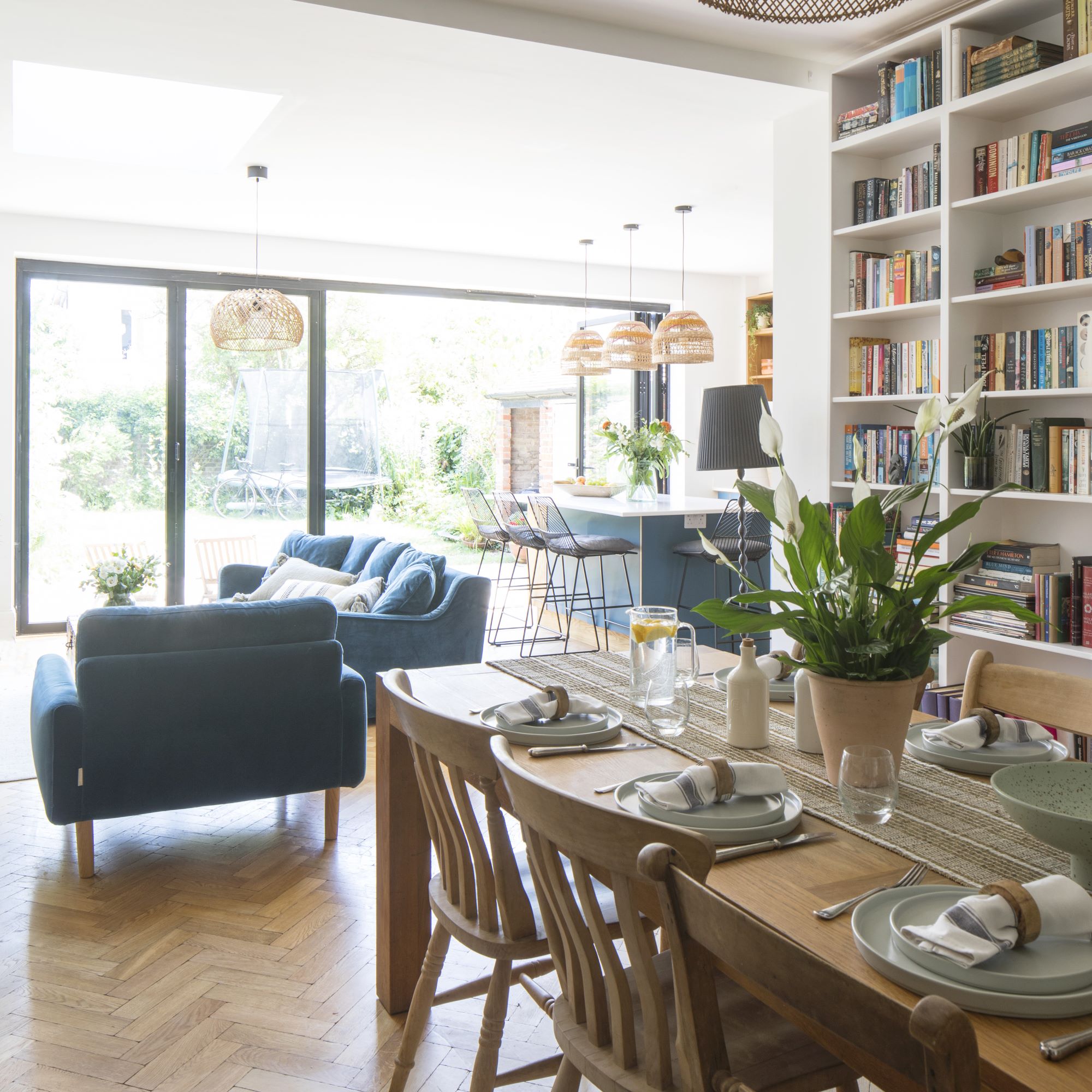
Whenever you add more space to a property, you need to think about how it can work seamlessly with the original house, rather than feeling like a tacked-on addition. This means some internal remodelling may be necessary to ensure you get the best result.
'If a budget is tight, your money is probably better spent improving the quality of the space that you already have,' advises Nick Varey, Founder and Principal Architect, Studio Varey Architects. 'Extending can be a costly endeavour, but a home can be vastly improved with more light and better internal layouts. Look to replace rear facing windows at ground floor with larger doors to bring in more light. Also removing internal walls to create more generous open-planned areas will give the feel of a larger home, at a reduced cost.'
James adds: 'It’s also important to remember that extending or renovating your home can impact other rooms, adding both cost and complexity. Accounting for these factors from the outset will help you fully understand the scope of the project, including the time required and the budget necessary.'
9. Improve the connection to the garden
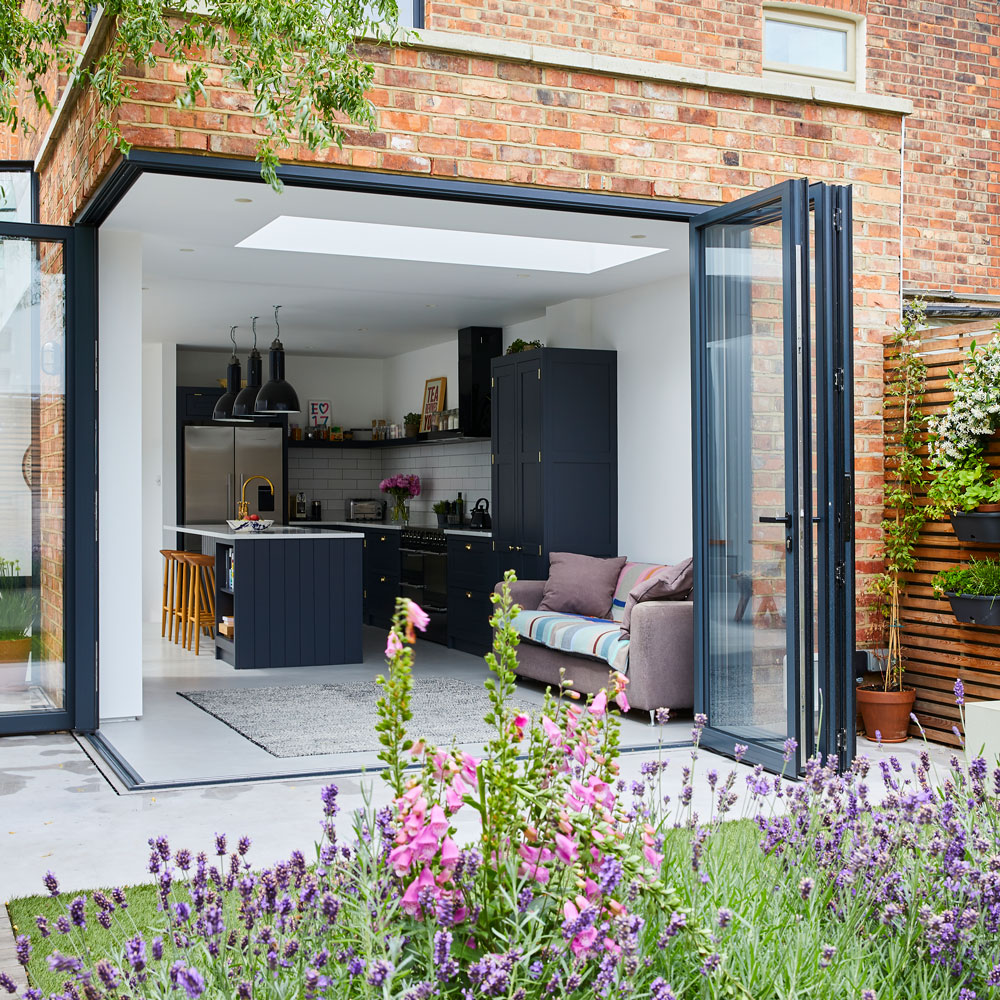
Corner bifold doors can be a really effective design choice when extending a small home, as they blur the line between where the extension ends and the garden begins.
James adds: 'When extending a small house, the key is to maximise the perception of space and light. Blurring the boundaries between inside and outside is one of the most effective ways to achieve this. By designing interior spaces that flow seamlessly into outdoor areas, even the smallest rooms can feel more expansive and connected to nature.'
10. Go for a two-storey extension
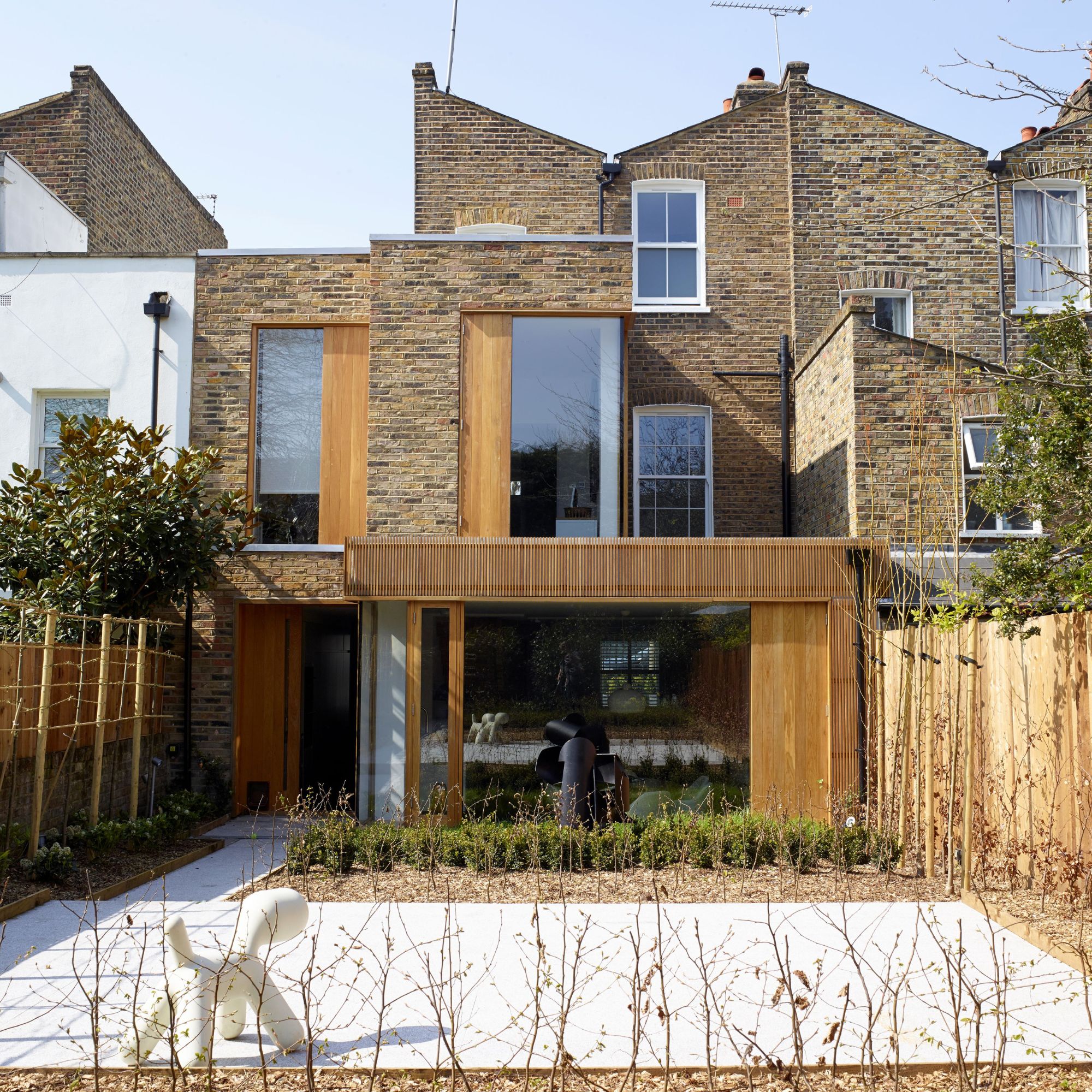
If moving house is not an option and you need to significantly increase the size of your home, then a two-storey extension could be the solution, and could actually be more cost-effective than a single-storey addition.
Some double-storey additions fall within the scope of permitted development too, which can make them even more appealing.
11. Extend downwards in a small house
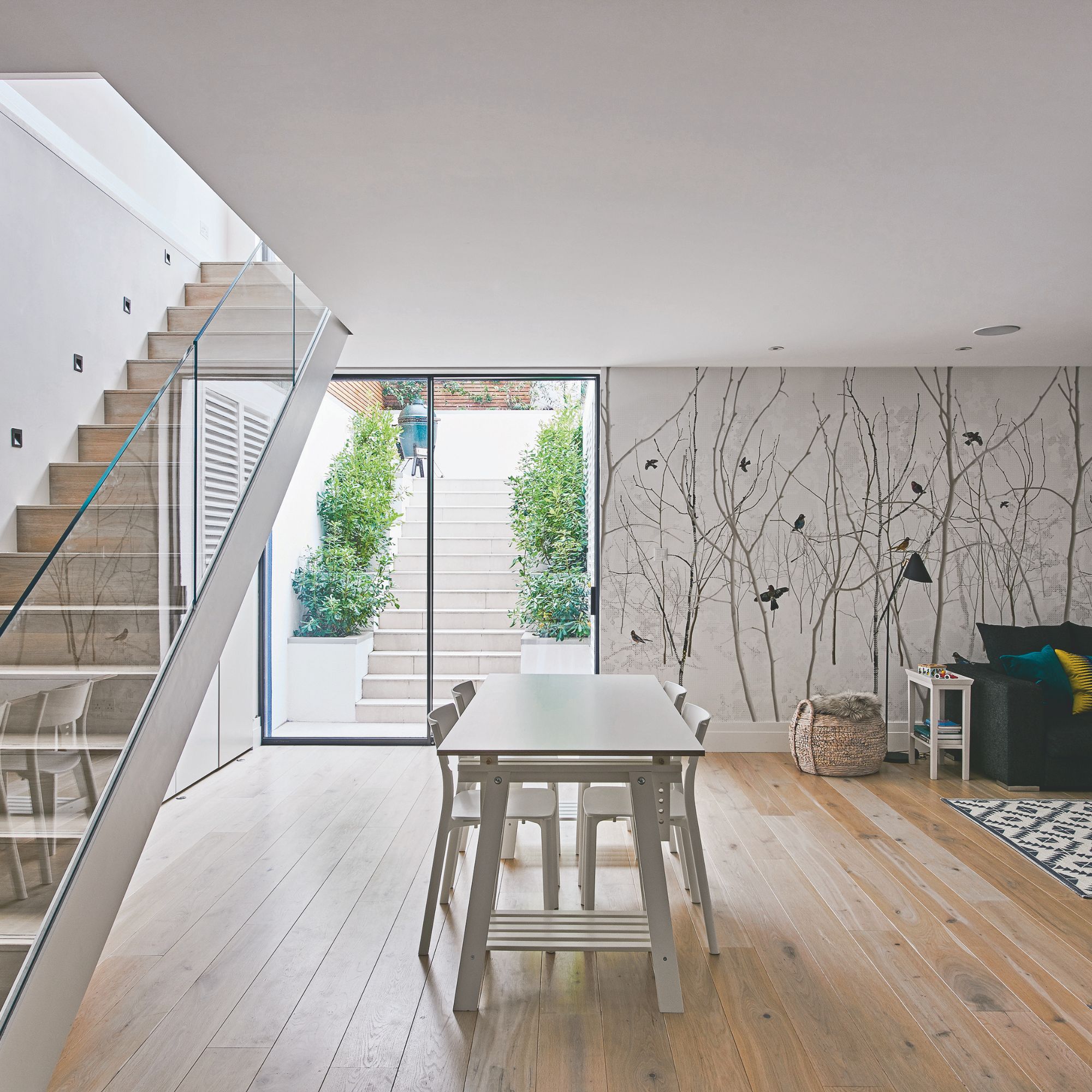
In circumstances where a loft conversion or rear extension is not feasible, there may be opportunity to extend into the basement to create additional living space. This may involve converting existing cellar space, or even digging a new basement beneath your home.
This can be an expensive option, and unless you live in an area where space is at a premium and has a high value, like central London, the cost of the project may not be recouped in the value added to the property. So careful thought will need to be made before committing to a major project like this.
FAQs
Do I need planning permission to extend a small house?
Planning policy can be complex and depend on various factors including where you live, whether your property has been extended before and what you plan on building.
In many cases, extensions that fit within certain size and location parameters can fall under permitted development, while larger, more complex schemes may need planning permission. Always check with your local planning authority before you start work to check whether your proposed extension fits permitted development criteria or whether you need to submit a formal planning application.
What's the cheapest way to extend a small house?
'If you own a house, then the cheapest area to extend into is going to be the existing roof space' says Nick, provided the head height is good. 'This is an area of the property that is useable but often not maximised. If the head height is there, you can turn this space into a functional room with little more than loft insulation, a flooring upgrade, a few roof lights and decoration! If there isn’t enough head height, consider extending to the rear of the roof with a mansard, pod addition or dormer.'
To make the most of your budget, James advises: 'When it comes to budgeting, be clear about your priorities to ensure your resources are used as effectively as possible.' He adds: 'Every client has unique preferences, so identify your must-haves versus nice-to-haves. This clarity will guide your decision-making as your project evolves and costs become more defined.'

Sarah Handley has been Ideal Home’s Section Editor for Renovation since September 2024, following three years of looking after the site's home finance content. She has been a journalist since 2007 and has worked for a range of titles including Homebuilding & Renovating, Real Homes, GoodtoKnow, The Money Edit and more.
You must confirm your public display name before commenting
Please logout and then login again, you will then be prompted to enter your display name.
-
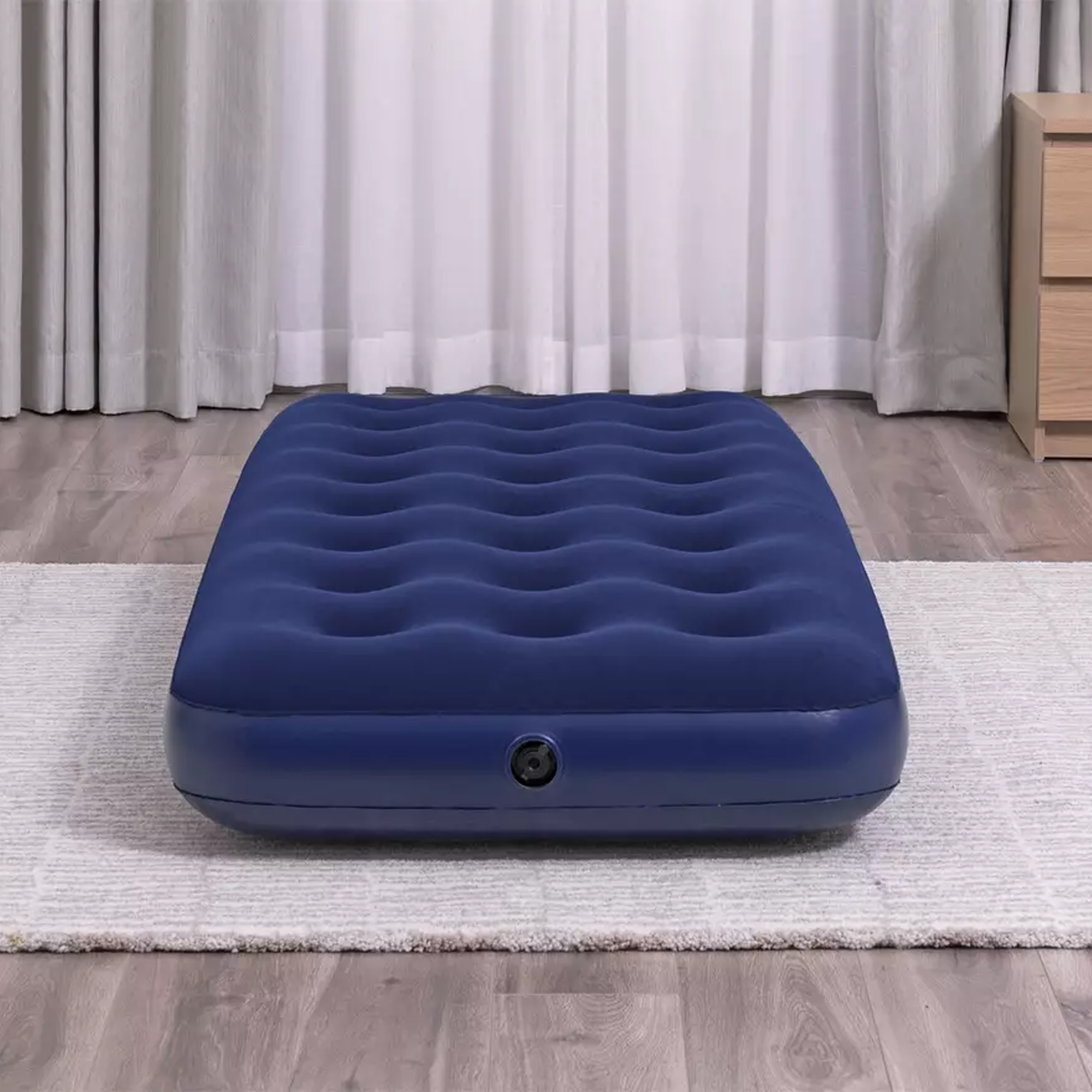 Argos is now selling an air bed for under £12 – if you're hosting guests this Bank Holiday, you'll want this sale on your radar
Argos is now selling an air bed for under £12 – if you're hosting guests this Bank Holiday, you'll want this sale on your radarThis 25% off sale is perfectly timed ahead of Easter weekend
By Amy Lockwood
-
 Rochelle Humes’ living room seating is ‘sofa goals’, and I found an almost identical high street alternative for under £1000
Rochelle Humes’ living room seating is ‘sofa goals’, and I found an almost identical high street alternative for under £1000You can now get the singer and TV presenter's modular sofa of dreams for less thanks to DUSK
By Sara Hesikova
-
 Can you dry clothes outside with hay fever? Doctors say yes if you stick to this specific time frame
Can you dry clothes outside with hay fever? Doctors say yes if you stick to this specific time frameYou can still enjoy breeze-fresh laundry this summer
By Kezia Reynolds